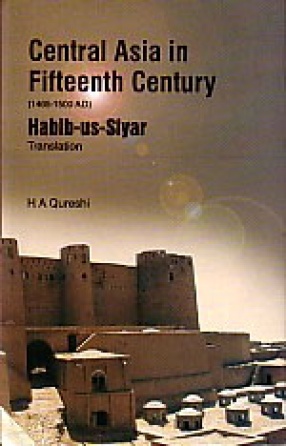
Hamid Afaq Qureshi

Showing all 10 books

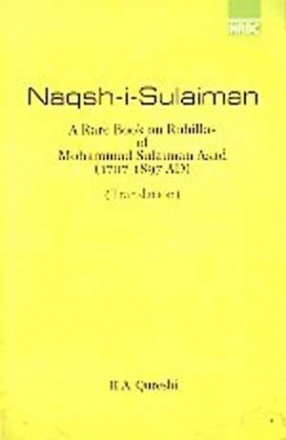
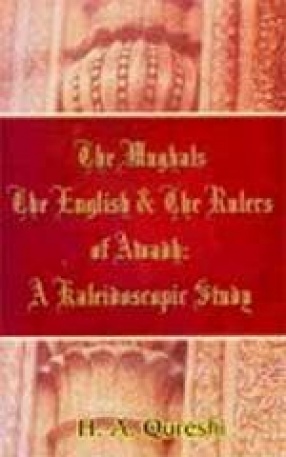
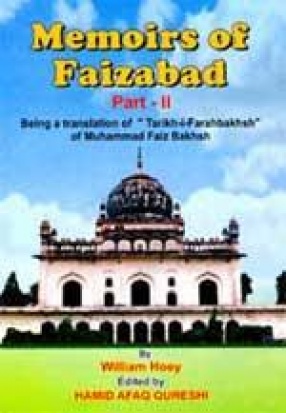


This English translation of Persian work Habib-Us-Siyar deals with the rise and fall of the successors of Amir Timur Gurgan during the fifteenth century. The depiction of the mentality, outlook, doings and ways of life of these Moghul rulers of Central Aisa and their nobles also provides insights into the better understanding of the rise and fall of the Mughal Empire in India. Also, it contains the sketches of the Sufis, men of accomplishments, excellencies, and ...
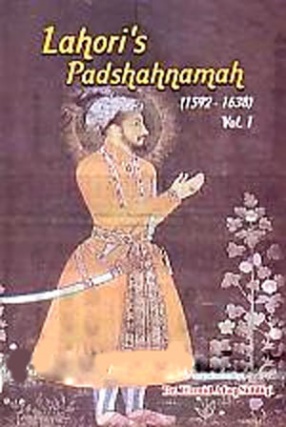
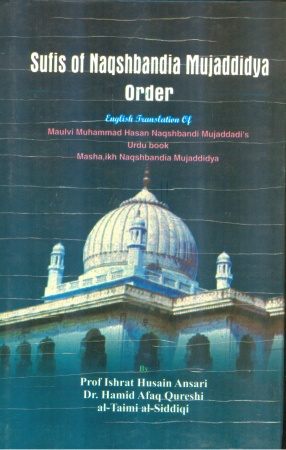
There are a number of chains of dissemination of sufism but the one veering around mostly the acts, doings and approvals of Prophet Muhammad Sallallalo 'Alaihai wa Sallum is Naqshbandiya-Mujaddidiya silsila.
The present book traces the origin and dissemination of the Naqshbandiya-Mujaddidya silsila of Sufism right from Hazrat Abu Bakr Siddiq (Raz.), through Khwaja Baha-ud-din Naqshband and Imam Rabbani Mujaddid Alf Sani and their spiritual guides and successors ...

This book contains the first ever fuller translation of the work entitled Khadang-i-Ghadar penned by Moin-ud-din Hasan regarding the events related to the Mutiny of 1857 till its termination at Meerut, Delhi, Rohtak, Jhajhjhar, Dadri, Pataudi, Ballabgarh, Dujana, Loharu, Farrukhnagar, Bulandshahar, Balagrh, Aligarh, Nuh, Kanpur, Fatehgarh, Farrukhabad, Allahabad, Kalpi, Gwaliar, Morar, Faizabad, Lucknow, Shahjahanpur, Kakori, Malihabad, Sitapur, Akbarabad, Unnao, ...

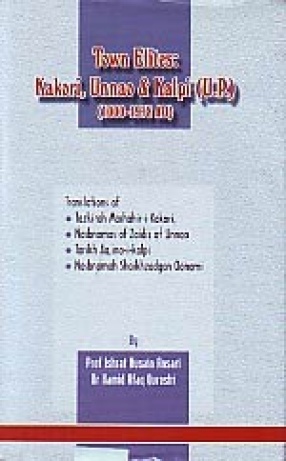

This book initially delineates the names, period of Nawabi or kingship and the extent of the territories enjoyed by different rulers of Awadh. A detailed account of the penultimate visit of Shore to Lucknow and the last year of the Nawabi of Asaf-ud-daulah is followed by a Wazir Ali Miscellany, not included in the book of the author on him. Impact of the Durrani invasions on Awadh is a maiden study on the topic and leads to a better understanding of many ...
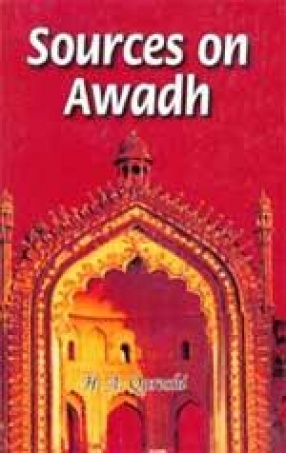
This book contains a critical appreciation of 1316 primary and a list of 1176 secondary sources on the Nawabs and Kings of Awadh for the period 1722-1856. it thus covers 2492 sources. While the available primary sources are in Arabic, Hindi, English, French, Marathi, Nepali, Persian, Turkish and Urdu, the secondary works are in Arabic, Bengali, English, French, Hindi, Marathi, Persian and Urdu. However, most of the primary material is available in English, ...

Memories of Faizabad is an English translation by William Hoey of the Persian chronicle Tarikh-I-Farah Bakhsh of Munshi Faiz Bakhsh, who came to Faizabad in 1770-71 AD and served in the establishments of Bahu Begam and Darab Ali Khan, an officer of the former, from 1774 to 1818. His book is, therefore, an eye-witness account of the History of Faizabad. Although he asserts that he wrote this work at his own conviction and got an inspiration to write it after an ...

The present book is a collection of literal translation and some exhaustive notes culled from Muraqqa-I-Khusravi, waql’at-I-Dar-ul-Hukumat Delhi, Tarikh-I-Nagpur, Majra-I-Watan: Tarikh Malegaon and Zilah Nasik, Tarikh-I-Shahjahanpur, Naqsh-I-Sulaiman, Ahsan-ut-Tawarikh and east India Company Aur Baghi Ulema unraveling the events of 1857 for the benefit of the future researchers of this theme. Time and again, lack of knowledge of Persian and Urdu keeps a mass of ...
